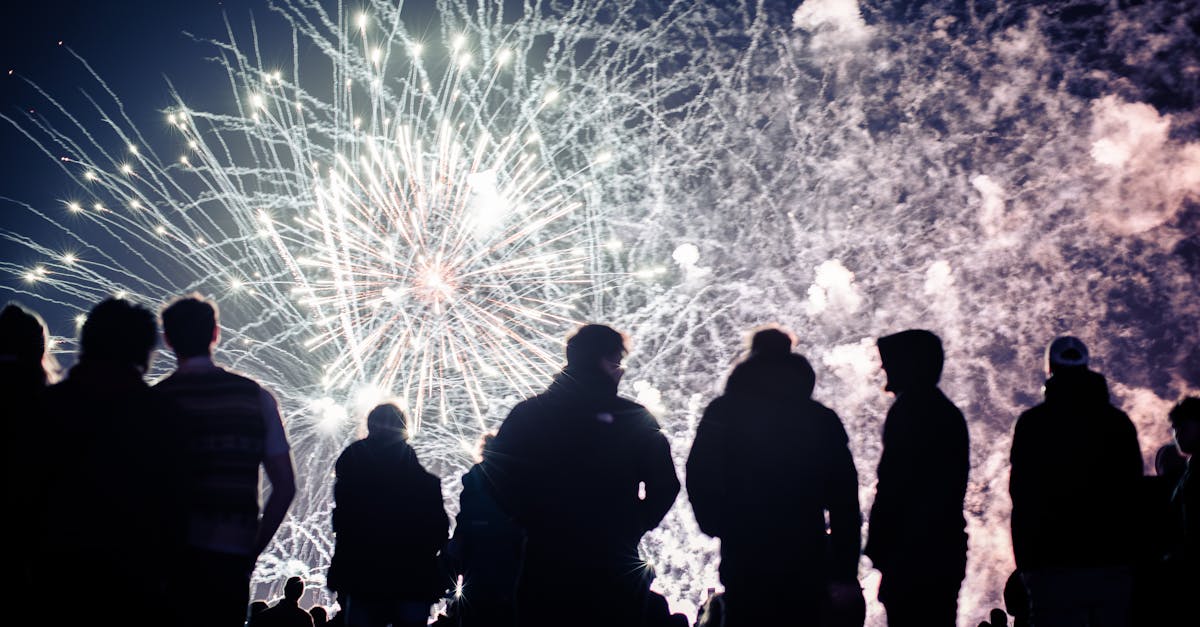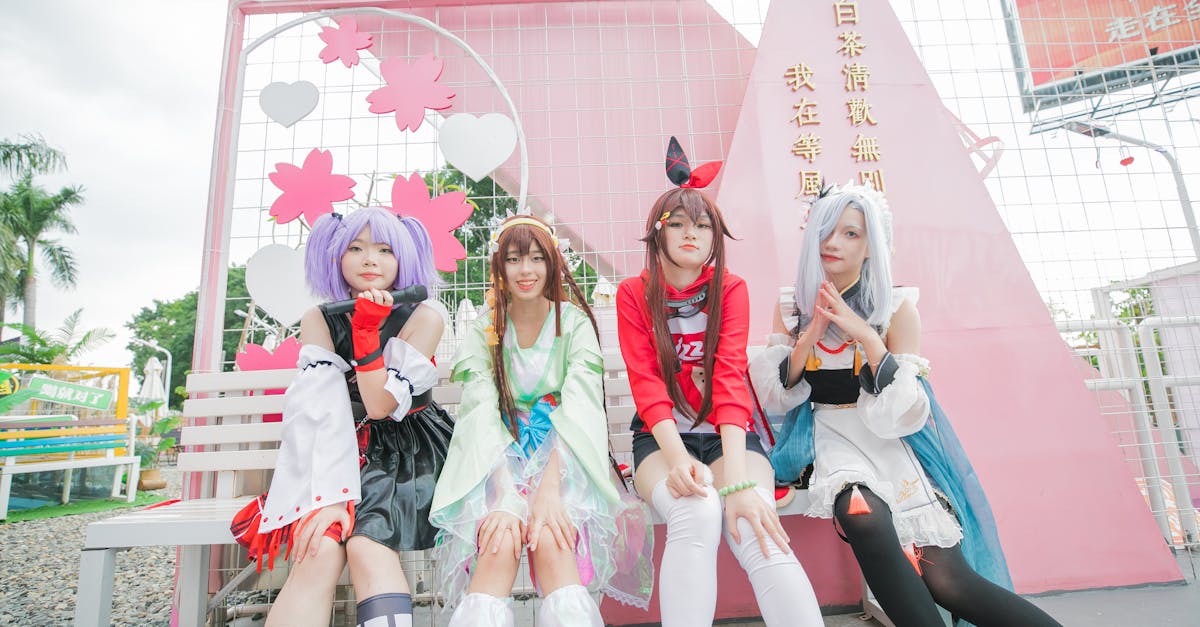Illuminating Artistry Under The Spotlight
Introduction: The Magic Behind the Lights
Stage lighting design is a fundamental pillar in the realm of theater and live performances. This often-overlooked art form breathes life into narratives, creating moods and enhancing the overall storytelling experience. Whether it’s the chilling shadows of a suspenseful drama, or the warm ambiance of a romantic comedy, the power behind the lights is undeniable. But what makes lighting design so integral to theater? What techniques do lighting designers use to captivate audiences? Recent advances in technology also play a pivotal role, transforming the traditional into the innovative. Let us unravel the intricate artistry of illuminating the stage.
Advertisement
The Historical Evolution of Lighting Design
The roots of stage lighting can be traced back to Ancient Greece, using natural light during daylight performances in open-air theaters. With the passage of time, torches and candles paved the way for gas and electric lighting. The advent of electricity marked a turning point, allowing designers to control intensity, color, and direction more precisely. This evolution continued into the 20th century, with the introduction of spotlighting in early Broadway shows. As theater progressed, so did lighting techniques, setting the stage— quite literally—for modern methods such as LED technology and intelligent lights.
Advertisement
Understanding the Elements of Lighting Design
Lighting design is an intricate blend of art and science, involving multiple elements that work in harmony. These orchestrated components include intensity, color, direction, and movement. The intensity dictates the overall brightness and can shift audience focus. Color adds emotional depth, with warm hues evoking happiness or intimacy, and cooler tones suggesting discontent or mystery. The direction of light shapes shadows and highlights, essential for creating depth and dimension on stage, while movement allows for dynamic transitions between scenes, enriching the visual narrative.
Advertisement
The Role of a Lighting Designer
A lighting designer's role is more than simply illuminating the stage; it’s about encapsulating the director’s vision and enhancing the thematic essence of the performance. They collaborate closely with directors, set designers, and costume designers to ensure a cohesive visual experience. Their toolkit includes not just lights, but a spectrum of knowledge in mood creation, visual psychology, and technology. The designer’s goal is striking a balance between artistic flair and technical precision, ensuring each beam of light serves the story and resonates with the audience.
Advertisement
Technological Advancements and Their Impact
Technological innovations have revolutionized the landscape of stage lighting. LED lighting, for instance, offers energy-efficient solutions with a broader color palette and longer lifespan. Intelligent lighting systems can be pre-programmed to create complex sequences, transforming static scenes into dynamic visual experiences. Digital consoles allow designers to manipulate lighting cues with unparalleled precision. These advancements open new avenues for creativity, enabling designers to experiment with virtual environments and interactive applications, thus broadening the scope of theatrical storytelling.
Advertisement
Exploring Iconic Productions and Lighting Techniques
Certain productions have become legendary due to their groundbreaking lighting designs. "Les Misérables" created somber moods with stark contrast lighting, while "Phantom of the Opera" used dramatic spotlights to heighten tension. In recent times, "Hamilton" employed innovative lighting to seamlessly blend historical content with contemporary aesthetics. These shows demonstrate the diversity and transformative power of lighting, illustrating how it can elevate storylines, set historical context, and enhance character arcs.
Advertisement
Lighting Design in Different Genres
The role of lighting design extends across genres, each with distinct requirements. In musical theater, lighting imbues energy and vibrancy, accentuating song and choreography. In contrast, straight plays utilize subtle shifts to complement dialogues and dramatic moments. Dance performances rely heavily on lighting to sculpt the dancers and highlight movement dynamics. In opera, lighting plays a dual role, enhancing both the grandeur of the set and the emotional resonance of the music. Mastering these varied demands showcases the lighting designer’s versatility and adaptability.
Advertisement
The Collaborative Nature of Stagecraft
Lighting design is inherently collaborative, at the intersection of various theatrical disciplines. From the script to the final curtain call, the lighting designer partners with directors, choreographers, and technical crews to realize a unified vision. This teamwork ensures that lighting aligns harmoniously with costume, set design, and sound. This synergy elevates the theatrical experience, ensuring that each production element is finely tuned to serve the overarching narrative. Collaboration is key to success in delivering a compelling and immersive story.
Advertisement
Challenges Faced by Lighting Designers
Despite its beauty, lighting design poses unique challenges. Budget constraints can limit access to advanced technologies or the quantity of equipment employed. Designers must also contend with space limitations within intimate theaters. Adapting to last-minute script changes demands flexibility and quick decision-making. Additionally, balancing technical rehearsals within tight schedules requires meticulous planning and communication. However, these challenges stimulate innovation, pushing designers to think creatively and deepen their craft in pursuit of artistic excellence.
Advertisement
Conclusion: A Vital Theater Art Form
Illuminating artistry through light is an indispensable facet of theater, deeply woven into the fabric of stagecraft. With its capacity to evoke emotion, guide attention, and transform scenes, lighting design profoundly affects how stories are perceived. The intersection of technology and creativity continues to drive innovation within the field, promising a future where even more immersive experiences await theatergoers. As theater evolves, so will its need for talented lighting designers to continue painting narratives with light, leaving an indelible impact on audiences around the world.
Advertisement








